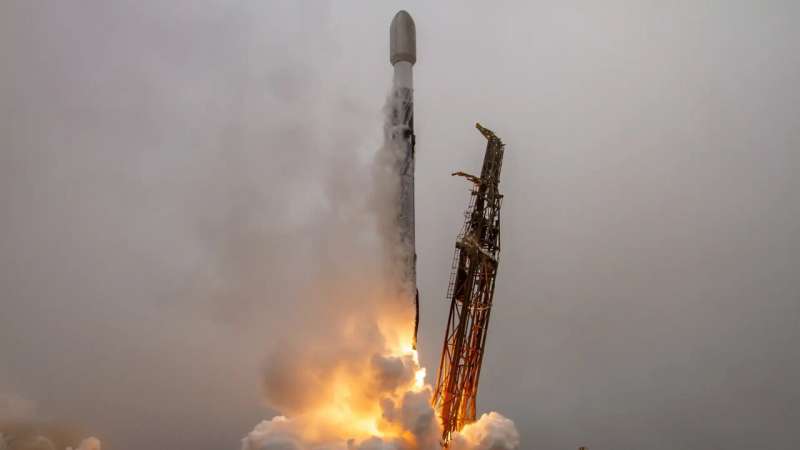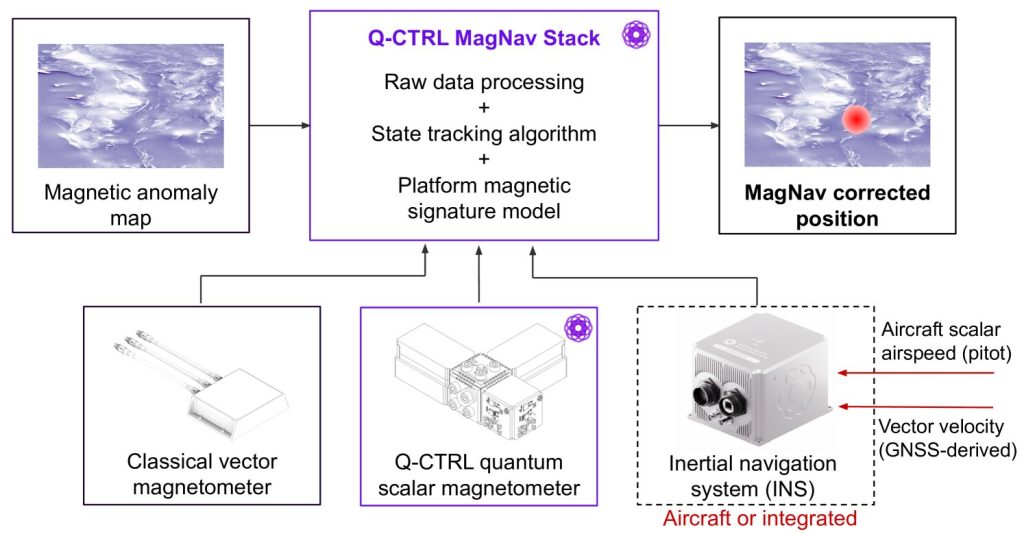
The QUICK³ nano satellite has recently been sent into orbit to explore components needed for advanced quantum satellite systems. This technology aims to revolutionize secure communication methods. The satellite was launched on June 23 from Vandenberg Space Force Base in California, with guidance from a team led by TUM Professor Tobias Vogl. Initial findings from this mission are anticipated before the year ends.
This tiny satellite, which is about the size of a shoebox and weighs around 4 kilograms, is designed to test quantum components that allow for completely secure data transfer between two parties.
Unlike traditional communication that relies on fiber optics and light pulses, quantum satellites utilize distinct single photons to convey information. These photons have specific quantum states that ensure utmost security.
If someone tries to intercept the message, they would alter the photons’ state, making the breach immediately noticeable. However, these unique photons can’t be copied or amplified, which means their effective communication range is limited to a few hundred kilometers.
To capitalize on this technology, researchers will explore how satellites can leverage the atmosphere’s favorable properties. The upper layers of the atmosphere minimize light scattering and absorption, creating ideal conditions for long-distance secure communications.
For quantum communications to become commonplace, a comprehensive network of hundreds of satellites will be necessary. In the meantime, the QUICK³ mission will demonstrate whether the satellite’s technology can function effectively in the harsh conditions of space.
The QUICK³ project involved collaboration among experts from the Technical University of Munich (TUM), Friedrich Schiller University Jena (FSU), Ferdinand-Braun-Institut, Leibniz-Institut für Höchstfrequenztechnik (FBH), Technical University Berlin (TUB), and international partners from the Institute for Photonics and Nanotechnologies (CNR-IFN) in Italy and the National University of Singapore (NUS).
Testing Innovative Photon Technology
“This is the first time we are experimenting with single photon technology in nano satellites,” states Vogl, who leads the quantum communication project.
“Currently, no other project globally matches our approach. Competing satellites tend to be larger and expensive, or they rely on lasers, which can slow data transmission. Our system boasts rapid transmission speeds, but the satellites will only have a few minutes of direct contact with ground stations during each orbit.”
The mission also seeks to investigate the Born probability interpretation of wave functions in zero-gravity environments. This concept revolves around the likelihood of locating a quantum particle within a specified area, a fundamental aspect of quantum physics. Whether this principle holds true even in space has yet to be experimentally confirmed.
If you would like to see similar Tech posts like this, click here & share this article with your friends!


